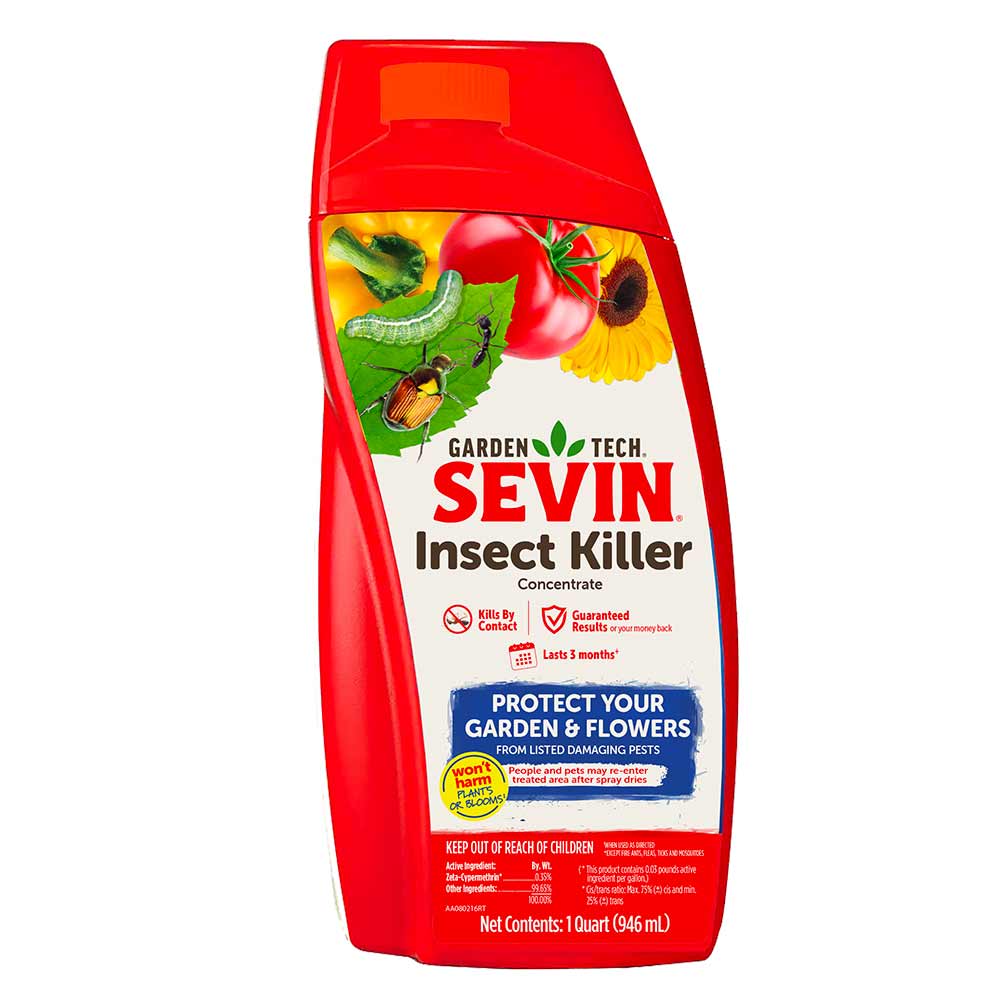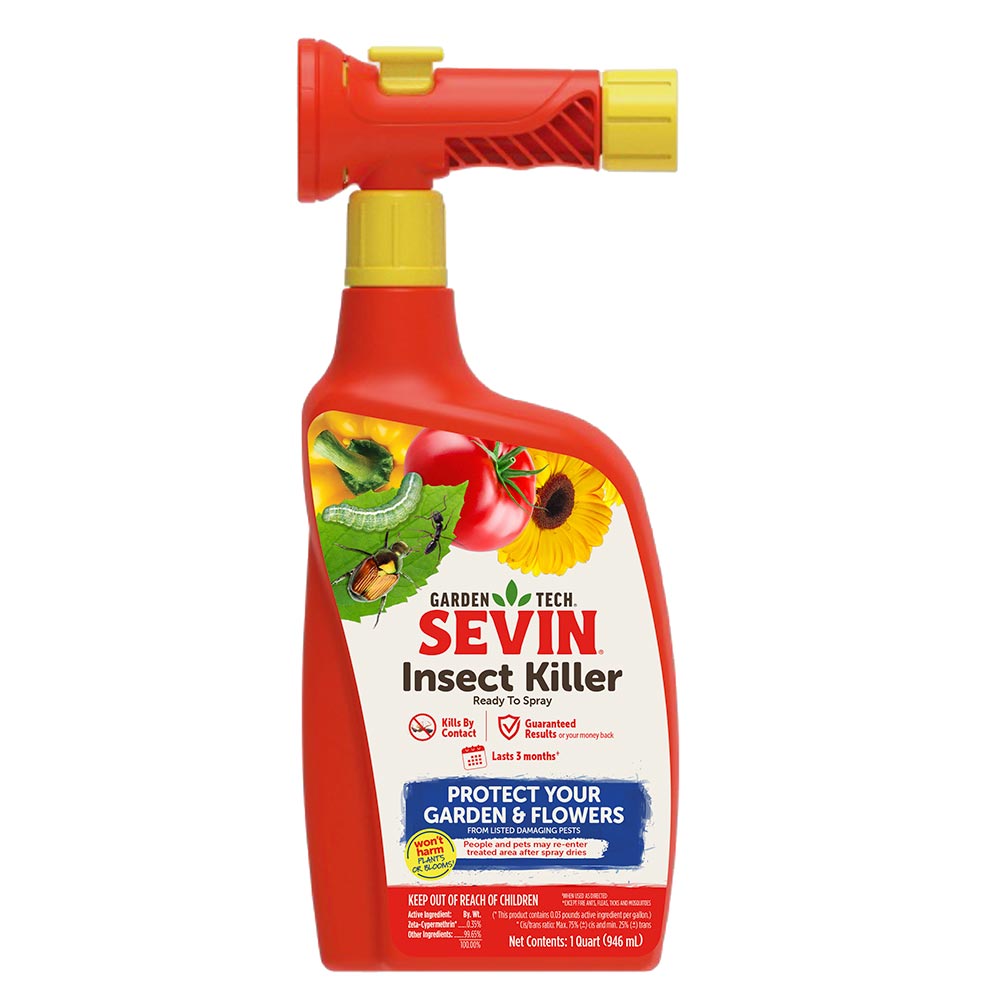Cicadas






Cicadas are large, loud, buzzing insects that create a deafening chorus on hot summer nights. Often mistakenly called "locusts," cicadas have unusual life cycles. Some types, known as periodical cicadas, emerge all at once every 13 or 17 years, depending on their range. Annual cicadas, also called "dog day" cicadas, emerge sporadically every year throughout the hot, muggy period known as the "dog days" of summer. Cicada noise can be disruptive, but these pests can also damage plants above and below ground.
Cicada Identification
Many species of cicadas exist in various regions of the United States. All are distinctive, yet they clearly resemble each other. Cicada wings typically extend almost double the length of their bodies and may be anywhere from less than 1 inch long to nearly three times that length. Periodical cicadas are black with bulging reddish-orange eyes and orange-veined wings. Larger annual cicadas have green bodies with black markings and green-veined wings.
Signs or Damage of Cicadas
Cicadas spend much of their life cycle underground, where they suck sap from plant roots. Extensive feeding stunts plant growth. Once cicada nymphs emerge from the ground, they climb up trees or other vegetation and molt. The outer skin, left clinging in place and split right down the midback, is a certain sign of cicadas. After adults go through their noisy mating period, females slice holes into small twigs of trees and shrubs and lay their eggs. The split twigs droop and die back. Small plants may be damaged severely or killed.
How to Control Cicadas
Effective control of cicadas starts as soon as you see emerging nymphs or hear the shrill, buzzing call of adults. GardenTech brand offers several options to kill and control cicadas and prevent plant damage:
- Sevin Insect Killer Concentrate, used with a pump-style sprayer, is ideal for treating lawn areas and small trees and shrubs at risk for cicada damage. Spray all plant surfaces thoroughly to kill cicadas by contact and protect against cicadas for up to three months. Concentrate on small twigs where cicadas may lay eggs.
- Sevin Insect Killer Ready to Spray attaches to a common garden hose to treat lawn areas and home perimeters along with small trees and shrubs. It mixes with water as you spray, providing thorough coverage for cicada-prone areas. Then it keeps protecting against cicadas for up to three months.
- Sevin Insect Killer Dust kills periodical cicadas in lawns or on ornamental shrubs and flowers. Apply a thin, thorough dusting to affected parts of the plant at the first sign of cicada damage. This dust starts working immediately upon contact.
Cicada Control Tip: Large, mature trees can withstand most cicada damage, but young trees suffer when populations are high. Cover young trees with netting to protect against egg-laying adults.
Always read product labels thoroughly and follow instructions, including guidelines for listed plants and pests, application frequencies and pre-harvest intervals (PHI) for edible crops.
Is this not your insect?
View all Insects



